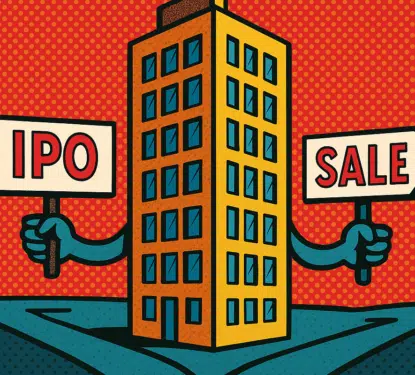Lighting fixtures are an ideal carrier for Internet of Things (IoT) technology in smart buildings, providing ubiquitous location for granular data collection throughout the building while delivering electric power to the sensors. Yet today, only a small percentage of LED fixtures have smart sensors. This month, many leading lighting and LED driver manufacturers, IoT technology companies, and industry groups have established the IoT-Ready Alliance dedicated to making installation of IoT technology in luminaires easy now and in the future. “We are very pleased key players from the lighting industry have come together to meet the needs of our customers, and Tridonic is a driving part of it,” said Guido van Tartwijk, CEO at Tridonic. “IoT-Ready future-proofs lighting fixtures so that customers do not have to worry about forward compatibility to upcoming technology upgrades that are expected in the fast-developing world of IoT.” Therefore, the Alliance aims to set industry standards that will enable LED light […]
Most Popular Articles

Securitas Technology Achieves $5.7B Revenue Accounting for 33% of Group 2024
This Research Note examines the electronic security business of Securitas, rebranded as Securitas Technology, based on investor presentations and their 2024 annual report. This article highlights the financial performance and progress of the business in integrating the STANLEY Security acquisition and repositioning the group as a technology-based supplier of integrated solutions in higher growth markets. […]

MRI Software: Exploring the 2025 IPO & Sale Options
This Research Note examines a report from Reuters that MRI Software is to be listed in an IPO or sold. We explore the development of the business over the last 10 years, since it was acquired by private equity owners, highlight their software acquisitions for commercial real estate applications addressing integrated workplace management, tenant experience […]

Podcast 40: Stiles Property Management Found $400K+ in Hidden Savings
Most property managers know their buildings are hemorrhaging money through inefficient systems. The problem? They have no idea where to start looking. Devon Newton, VP of Property Management at Stiles, faced this exact challenge with 110 East, a new Class A development in Charlotte’s Southpark district. Despite managing 116 properties across the Southeast, she found […]
